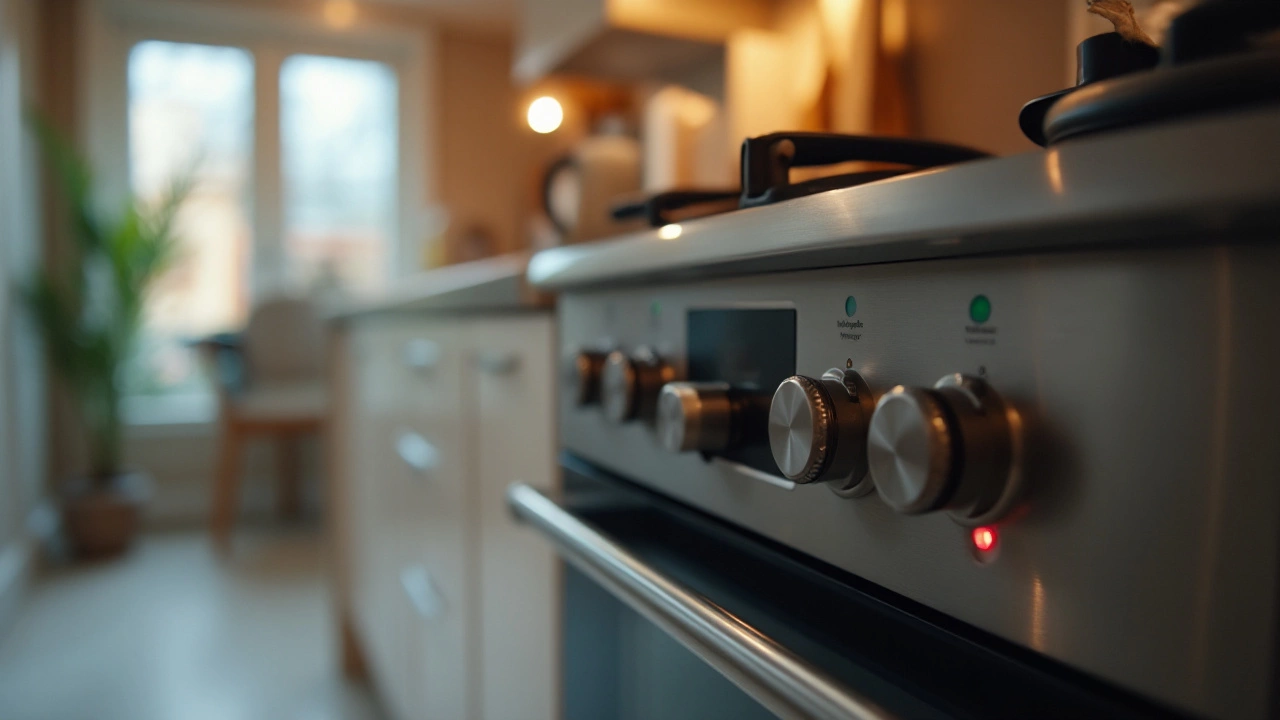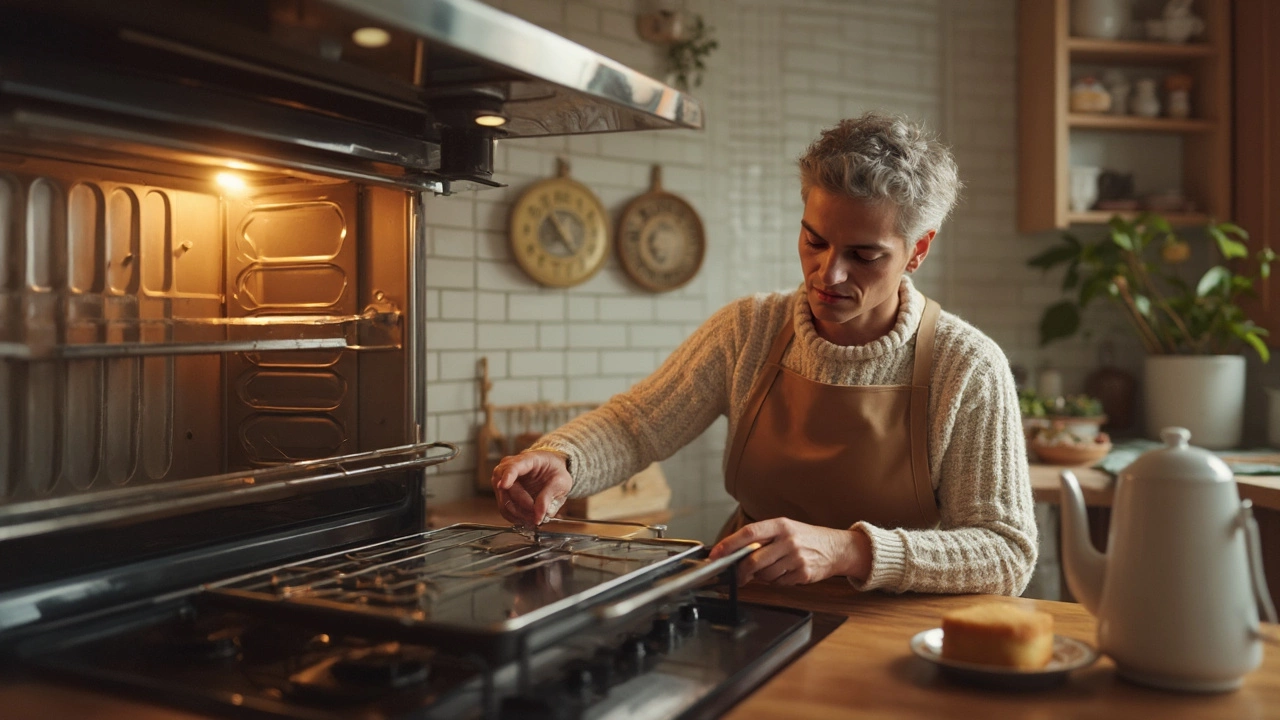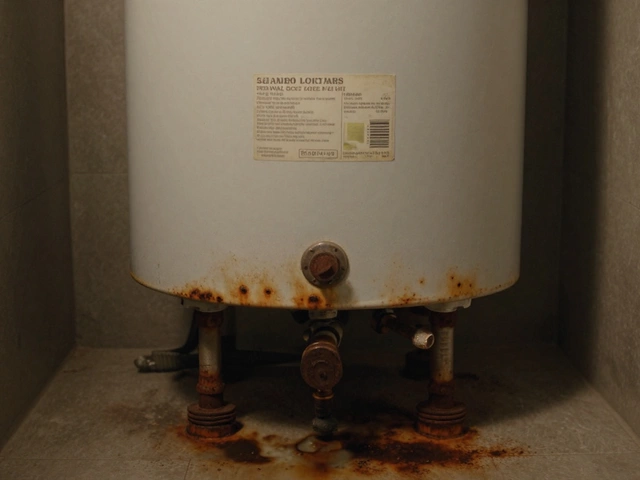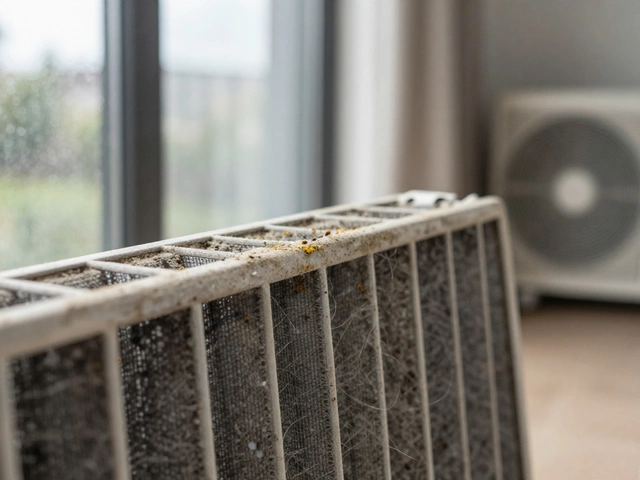Most of the time, an oven sits there doing its job so reliably that you hardly notice it. But one day, your cake’s still a cold, gooey mess, or your pizza comes out raw on one side and burnt on the other. Electric ovens seem like magic until they suddenly don’t work, and then their quirks can turn cooking into chaos. What’s going on inside that big metal box? A surprisingly high number of oven breakdowns come down to a handful of typical issues. That’s good news, because if you know how to spot the clues, you can often figure out what’s wrong—or at least avoid getting fleeced by a dodgy repair quote. Let’s pull back the door on the mystery of electric oven problems.
Typical Signs Your Electric Oven Has a Problem
Spotting an oven problem starts with knowing what’s normal and what’s not. If you’re suddenly baking everything at 220°C and still ending up with half-cooked food, or if the light flickers like you’ve got a haunted kitchen—trust your gut. The most common tell is your food. Uneven cooking, undercooked middles, or turbo-baked edges usually mean something’s up. Another red flag: if it takes ages to preheat or if the oven doesn’t seem to hold its temperature. Ever notice a weird humming or click that never used to be there? Strange, persistent noises often mean a component’s on its last legs. Daft as it sounds, the oven door is a major culprit—if it doesn’t close tightly, heat will leak, and your results will always be off.
Add in odd smells—especially burning plastic or electrical burning—and you’ve got a recipe for concern. And if the control panel flashes random codes or won’t respond, you’re probably looking at a glitchy circuit or blown fuse. It’s memory lane for the oven’s electronics when you get error codes, which are worth jotting down and looking up in your user manual (each manufacturer tends to have their own secret language here).
An oven that trips your circuit breaker should get instant attention. According to a 2022 survey by the UK Office for Product Safety & Standards, about 25% of home electrical fires linked to appliances involved faulty ovens. If you find scorch marks or see smoke, cut the power and don’t mess about—safety first. Another weird but common clue: your oven’s exterior feels much hotter than usual, despite only mild cooking inside. That’s often a dodgy seal or insulation problem. If your oven light won’t come on or stays off no matter what, check the bulb, but know that electrical faults inside the control unit can knock it out too. Little things like the timer refusing to beep, the fan making grinding sounds, or the oven clock resetting on its own—they all say your appliance might need a checkup.
Pinpointing the Cause: Where Do Oven Problems Usually Start?
When electric ovens act up, there’s usually a usual suspect list. Faulty heating elements are easily the standout. Statistically, about 61% of oven repairs in the US are linked to issues with the bake or broil element. The heating element can warp, break, develop hot spots, or simply stop getting hot. If you look at these elements when the oven’s on and only part of them glows, or they don’t glow at all, there’s your answer. Make sure you’re not running a self-cleaning cycle when you check (these can disguise some issues).
Temperature sensors and thermostats are the sneakier culprits. If your oven always fluctuates or overheats by a wild margin, the sensor might be sending the wrong signals to the controls. Careful, though—unless you’re handy with a multimeter, this is best left to trained eyes. Oven door hinges and seals fail more than you’d think. If the door won’t shut evenly, baking is always a gamble. You can usually see splits or gaps in the rubber gasket with a quick inspection. Control boards are the brain, and they do go haywire. Digital ovens rely on these boards, which manage timers, heating cycles, and fan operation. One blown capacitor can take the whole board down.
Loose wiring and burnt connectors both hide in places you barely look—behind the rear panel, around the thermostat, or near the elements. If you catch a whiff of burnt plastic, that’s a good clue. Meanwhile, oven fans aren’t just for convection cooking; they circulate air and prevent hotspots. Fans clogged with grease or broken blades leave you with unevenly cooked bakes. Fuses inside the oven can blow, especially after a power surge. If the oven displays no lights or life, even when the main switch is on, a fuse is a quick check (though replacing it properly is not always a simple DIY job—access often requires some disassembly, and safety rules apply).
| Common Electric Oven Failures | Estimated % of Incidents |
|---|---|
| Heating Element Problems | 61% |
| Faulty Thermostat/Sensor | 17% |
| Control Board Failure | 11% |
| Broken Door Seal/Hinge | 6% |
| Fan Issues | 3% |
| Other Electrical Faults | 2% |
Even something as basic as a tripped oven timer can stop heat cycles. Other notorious issues include programmed lockouts (child locks or self-clean routines gone wild) and blown lights inside the oven. Never forget basic troubleshooting: is the wall socket working? Has the clock been set? These trip people up far more often than you’d expect.
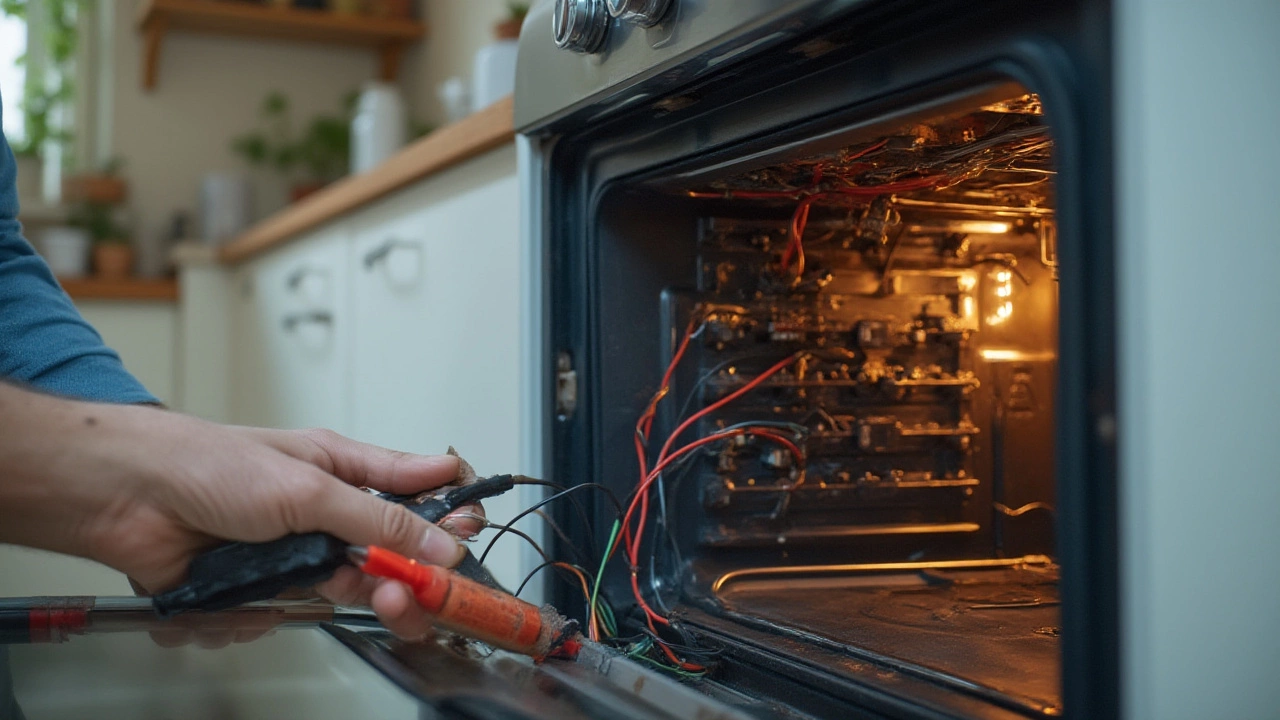
DIY Troubleshooting Tips: What to Check Before You Call the Pros
If your oven’s up to no good, don’t panic—you can do a surprisingly thorough check without any fancy tools. Start with the simple stuff. Is it plugged in properly and switched on at the wall? Sounds obvious, but it happened to my friend last month, and yes, he’s still getting ribbed for it. Power cuts or dodgy plugs can kill an oven’s mood. Next, have a look at your breaker box; a tripped circuit switch is a common cause of total silence or a dead display. If resetting the breaker gets you back up, but it keeps tripping, move on to step two: unplug the oven and don’t keep flicking the switch—get it checked quickly.
The oven door is often overlooked. If it droops or doesn’t latch, heat escapes—bakes fail. Feel the edge of the door during operation (using the back of your hand, and be careful!) to check for escaping hot air. If your oven uses a mechanical dial and the pointer seems off, it might have slipped—you could be dialing in the wrong temperature. In digital ovens, a continuous beep or flashing code could mean anything from a sensor fault to a jammed key—in both cases, check your user manual. Fan noise or no airflow? Turn the oven off and, when cool, spin the fan by hand through the vent. Stiffness or resistance means a replacement’s likely needed.
Want to check if the heating element is the culprit? Preheat the oven and watch through the door. A working element should glow red hot (in visible models) or you should feel a uniform blast of heat. If only part of the element lights up, it’s failed. Unevenly browned bakes could mean heat is only coming from one direction—try swapping between bake and broil settings and see what happens. You can even try using an oven thermometer (widely sold for a few euros or dollars online) to check if the cooking temperature matches what the control panel says. A difference of more than 10°C suggests calibration or sensor problems.
Sometimes, oven timers and clocks are set wrongly without you noticing. Set the clock, restart any programs, and test the oven with a basic 15-minute bake. Persistent error codes? Look them up for your model—every brand hides different meaning behind the same code. Some issues, like door latch errors during self-clean cycles, can be cleared by unplugging the oven for five minutes to reset the system—a trick that fixes more issues than you’d guess. If simple resets don’t work or you see signs of burning, exposed wiring, or melted parts, shut off power and call in the pros. Safety should always be your top priority, since ovens combine high voltage and heat—two things not to mess around with lightly.
When to Tackle Repairs Yourself and When to Call a Professional
You might be tempted to save some cash by fixing issues on your own, especially with so many How-To videos floating around. There’s plenty you can safely check—light bulbs, interior oven lights, door seals, minor greasing—but taking the back off an oven or poking inside the control panels isn’t a weekend DIY job for most people. Anything involving internal wiring, heating elements, or digital control boards can carry a real shock risk. Want to check a heating element? If it’s bolted to the inside and your oven manual says it’s a user-replaceable part, go for it—as long as you unplug first and check twice that there’s no power running. If you have to take off a lot of panels, or the heating element is hidden, it’s best to step back.
Erratic error codes or an unresponsive digital display often signal a fried control board, which is not a simple swap-and-play fix. Even if you get a new board, many modern ovens require a reset sequence or software update afterward. Door hinges, seals, and external handles are usually safe to replace, but double check your model’s design for hidden screws or tricky spring mechanisms. Fans can sometimes be unbolted and replaced by home cooks, but internal fans, cooling tubes, or blown sensor wires are another story. Another good rule: if you smell burning, see any smoke, or feel a suspicious buzz (vibration or noise) from the body of the oven, stop using it until a qualified repair person can look it over.
The cost factor can tempt you to take matters into your own hands. In 2024, standard repair callouts in the UK averaged £65 to £120 for diagnosing an electric oven—and part replacement adds more. But replacing a control board yourself could fry the whole oven (and its warranty) if you make a mistake. If the oven is still under warranty, any DIY will probably void future claims. Cross-reference any potential fixes with your oven’s serial plate (usually found on the rim of the door or inside the storage drawer) and only buy parts specified for your model. Some manufacturers, like Bosch or Whirlpool, lock certain diagnostics routines behind technician access codes, which limits non-professional tinkering.
Of course, if you’re just swapping out a light bulb or a rubber gasket and have the correct replacement part, it’s a pretty safe operation. For almost anything else—especially issues involving the main heating circuit, broken glass, or persistent power loss—bring in a certified appliance technician. Sometimes, the best troubleshooting skill is knowing when not to push your luck with high-voltage kitchen gear. If you go this route, keep your model details, error codes, and a log of what you’ve tried. That’s usually music to any repair guy’s ears, and it speeds up the fix.
So, whether you’re the sort to dive into diagrams or just want to spot a problem before it grows, identifying the cause of your electric oven’s issues doesn’t have to leave you guessing—or stuck eating takeout. A bit of practical know-how saves time, money, and a whole lot of kitchen disasters.

